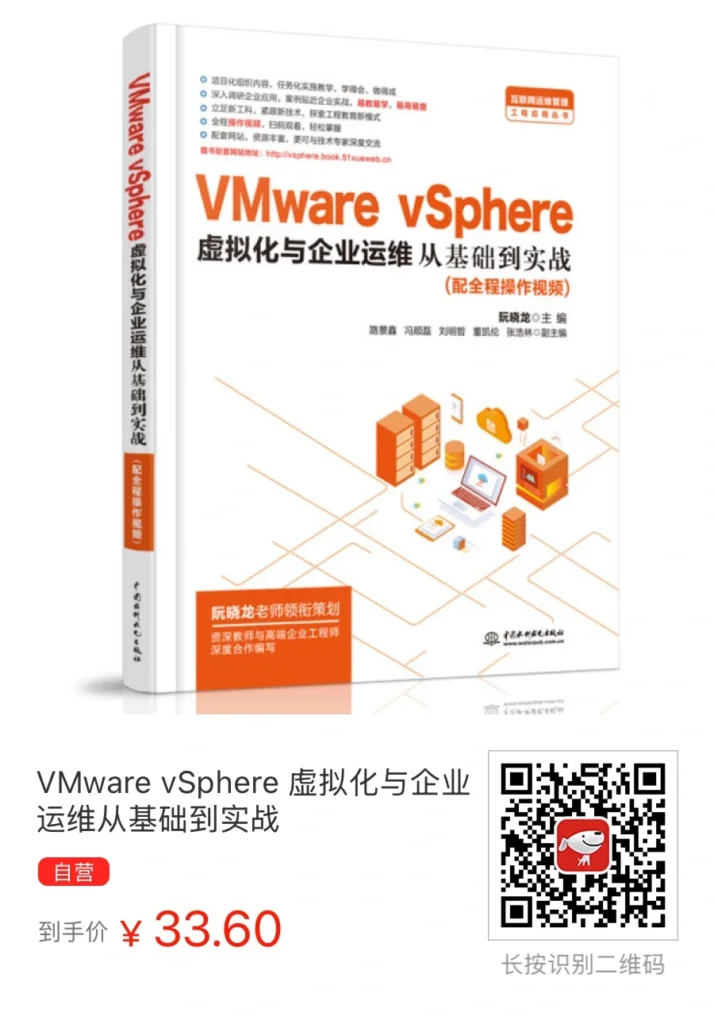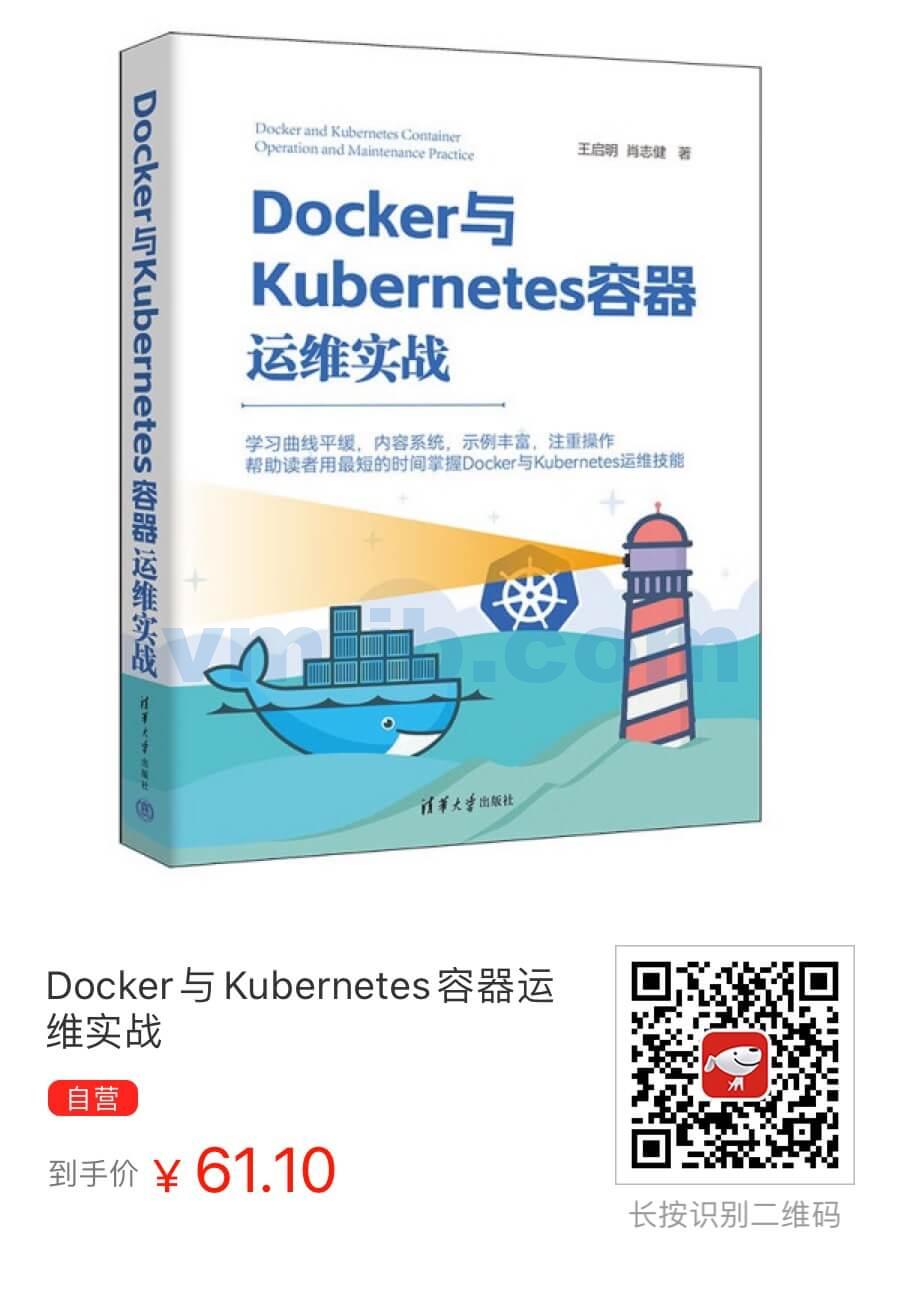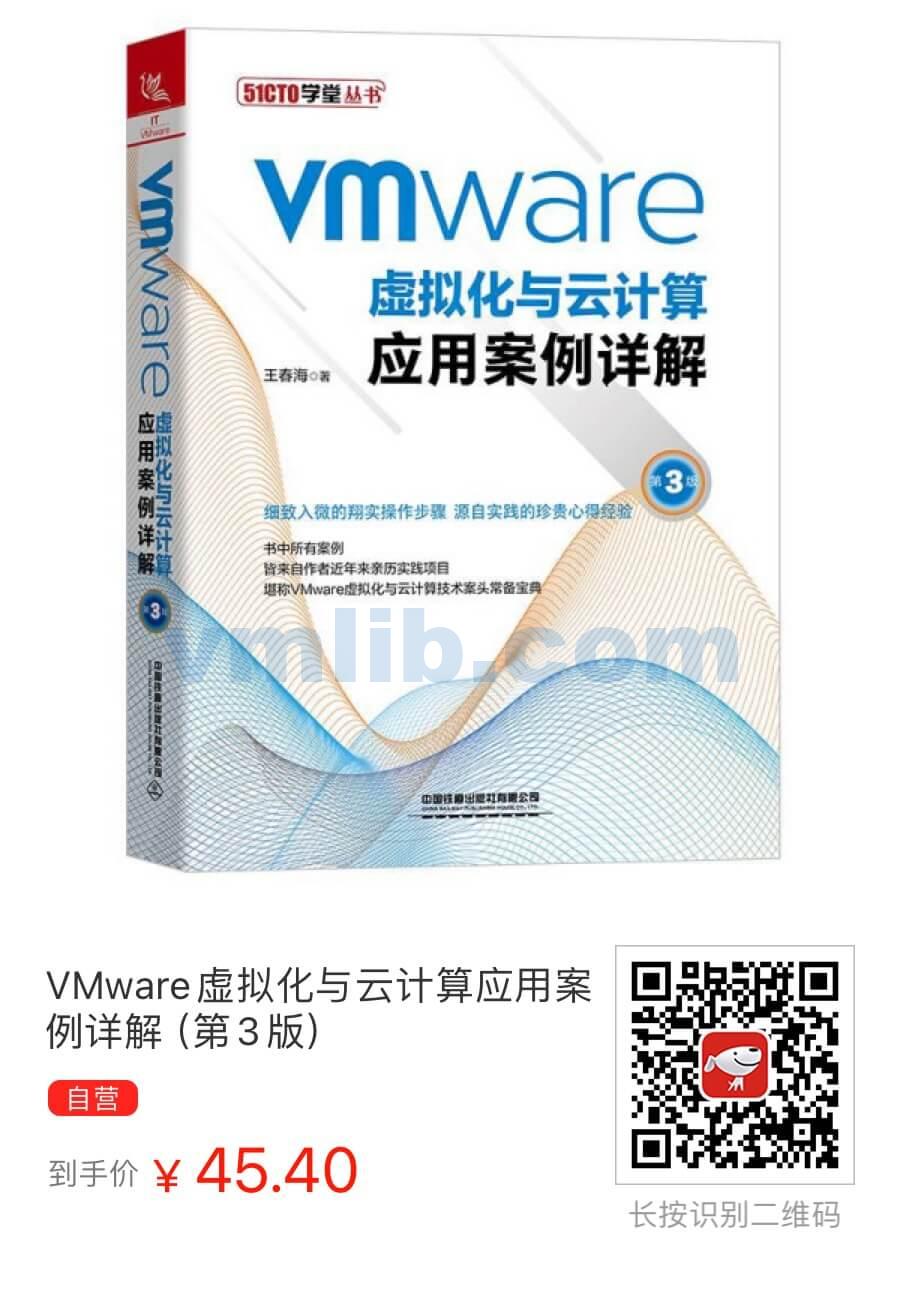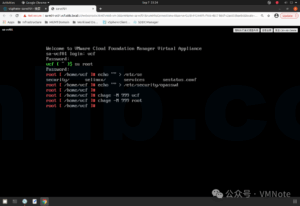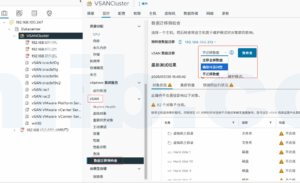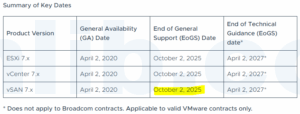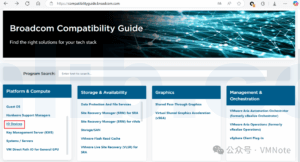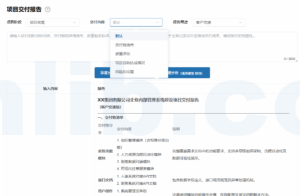To study for VMware HCI Master Specialist Exam | vSAN认证考试题目学习
89. An administrator would like to upgrade ten identically configured 2-node vSAN clusters from vSAN 6.7 U3 to vSAN 7.0U1. Currently, each 2-node vSAN cluster is using a dedicated vSAN witness host appliance. As a result of the upgrade, the administrator would like to leverage the vSAN shared witness feature to reduce the resources being consumed. In preparation for the first vSAN cluster upgrade, the administrator has completed the following tasks:
- 1.Upgraded vCenter Server to vCenter Server 7.0 U1.
- 2.vSphere High Availability(HA) has been disabled on the vSAN Cluster.
- 3.Upgraded the vSAN witness host appliance to vSphere 7.0 U1.
- 4.Upgraded both vSAN data nodes to vSphere 7.0 U1
The key requirement is to ensure that backwards compatibility to the existing version of vSAN is maintained during the upgrade process.
Which three additional steps should the administrator complete to ensure that subsequent clusters can share the same vSAN Witness?(Choose three.)
- A.Upgrade the vSAN On-Disk Format(ODF) to version 12.
- B.Manually update the vSAN Witness with a vSAN 7 license key
- C.Update the vSAN cluster to use the new vSAN witness host appliance.
- D.Configure the existing witness host appliance to act as a shared witness.
- E.Deploy a new vSAN 7.0 U1 witness host appliance to act as a shared witness
- F.Upgrade the vSAN On-Disk Format(ODF) to version 13.
Explaination:
https://blogs.vmware.com/virtualblocks/2020/09/21/shared-witness-for-2-node-vsan-deployments/
For an administrator to ensure subsequent clusters can share the same vSAN Witness after upgrading to vSAN 7.0U1, the correct steps would indeed be:
C. Update the vSAN cluster to use the new vSAN witness host appliance: This is necessary to connect the clusters to the newly upgraded shared witness appliance.
D. Configure the existing witness host appliance to act as a shared witness: This involves setting up the upgraded witness appliance so it can serve multiple 2-node clusters simultaneously, optimizing resource usage.
F. Upgrade the vSAN On-Disk Format (ODF) to version 13: Ensuring all clusters use the new ODF version is crucial for compatibility with vSAN 7.0 U1 and the shared witness functionality.
These steps are essential for leveraging the shared witness feature introduced in vSAN 7.0 U1, which offers significant resource savings and simplifies management across multiple 2-node vSAN deployments.
一个管理员希望将十个配置相同的2节点vSAN集群从vSAN 6.7 U3升级到vSAN 7.0U1。目前,每个2节点vSAN集群都使用专用的vSAN见证主机设备。作为升级的结果,管理员希望利用vSAN共享见证功能来减少资源消耗。为了准备第一个vSAN集群升级,管理员已完成以下任务:
- 1.将vCenter Server升级到vCenter Server 7.0 U1。
- 2.在vSAN集群上禁用了vSphere高可用性(HA)。
- 3.将vSAN见证主机设备升级到vSphere 7.0 U1。
- 4.将两个vSAN数据节点升级到vSphere 7.0 U1
关键要求是在升级过程中保持向后兼容现有版本的vSAN。
为了确保后续集群可以共享相同的vSAN见证,管理员应该完成哪三个额外步骤?(选择三个。)
- A.将vSAN磁盘格式(ODF)升级到版本12。
- B.手动使用vSAN 7许可证密钥更新vSAN见证。
- C.将vSAN集群更新为使用新的vSAN见证主机设备。
- D.配置现有见证主机设备作为共享见证。
- E.部署一个新的vSAN 7.0 U1见证主机设备作为共享见证。
- F.将vSAN磁盘格式(ODF)升级到版本13。
解释:
为了确保管理员在升级到vSAN 7.0U1后可以使后续集群共享相同的vSAN见证,正确的步骤确实是:
C.将vSAN集群更新为使用新的vSAN见证主机设备:这是连接集群到新升级的共享见证设备所必需的。
D.配置现有见证主机设备作为共享见证:这涉及到设置升级后的见证设备,使其能够同时服务于多个2节点集群,优化资源使用。
F.将vSAN磁盘格式(ODF)升级到版本13:确保所有集群使用新的ODF版本对于兼容vSAN 7.0 U1和共享见证功能至关重要。
这些步骤对于利用在vSAN 7.0 U1中引入的共享见证功能至关重要,这一功能提供了显著的资源节省并简化了跨多个2节点vSAN部署的管理。






 VM技术助理
VM技术助理

